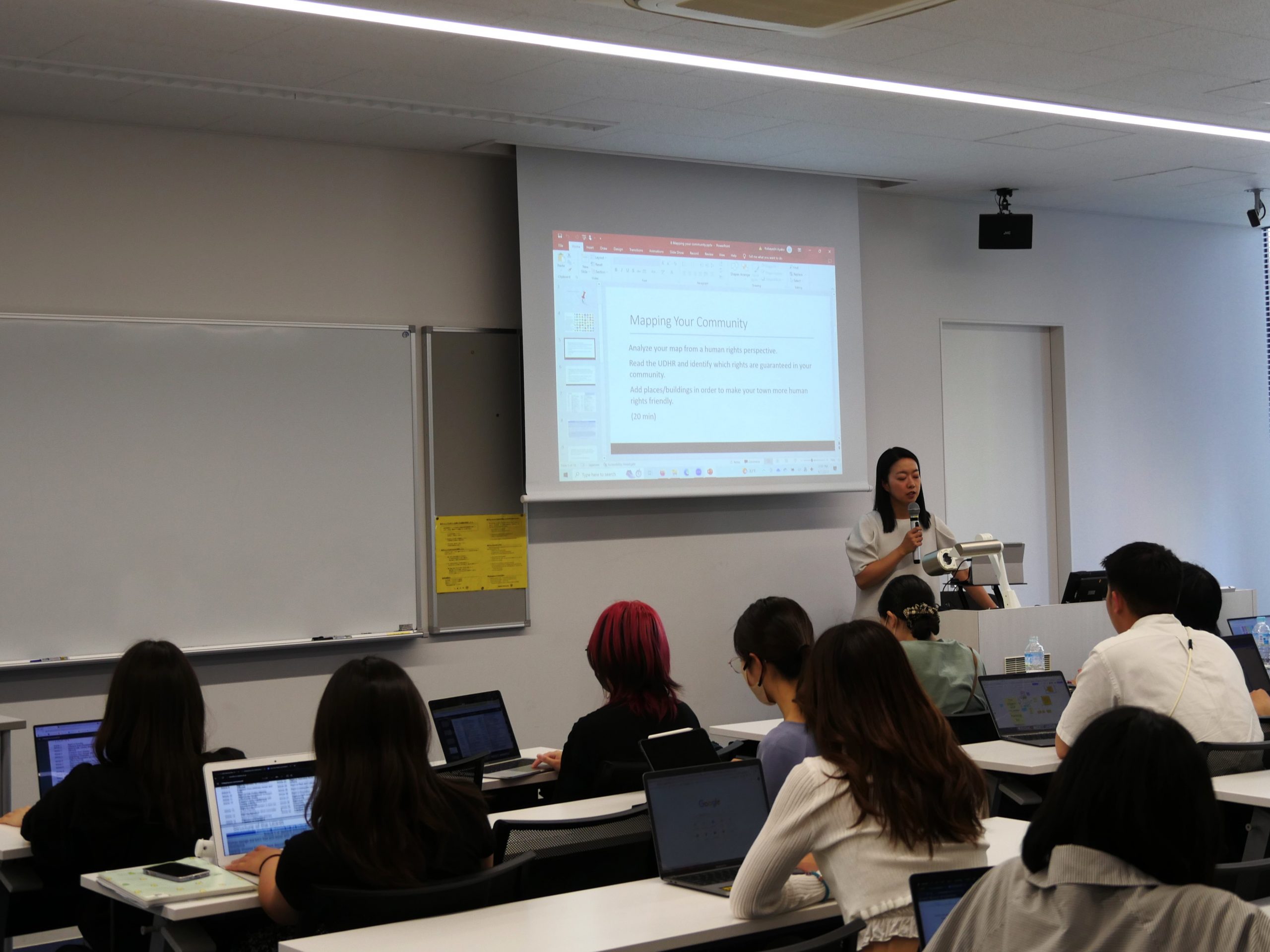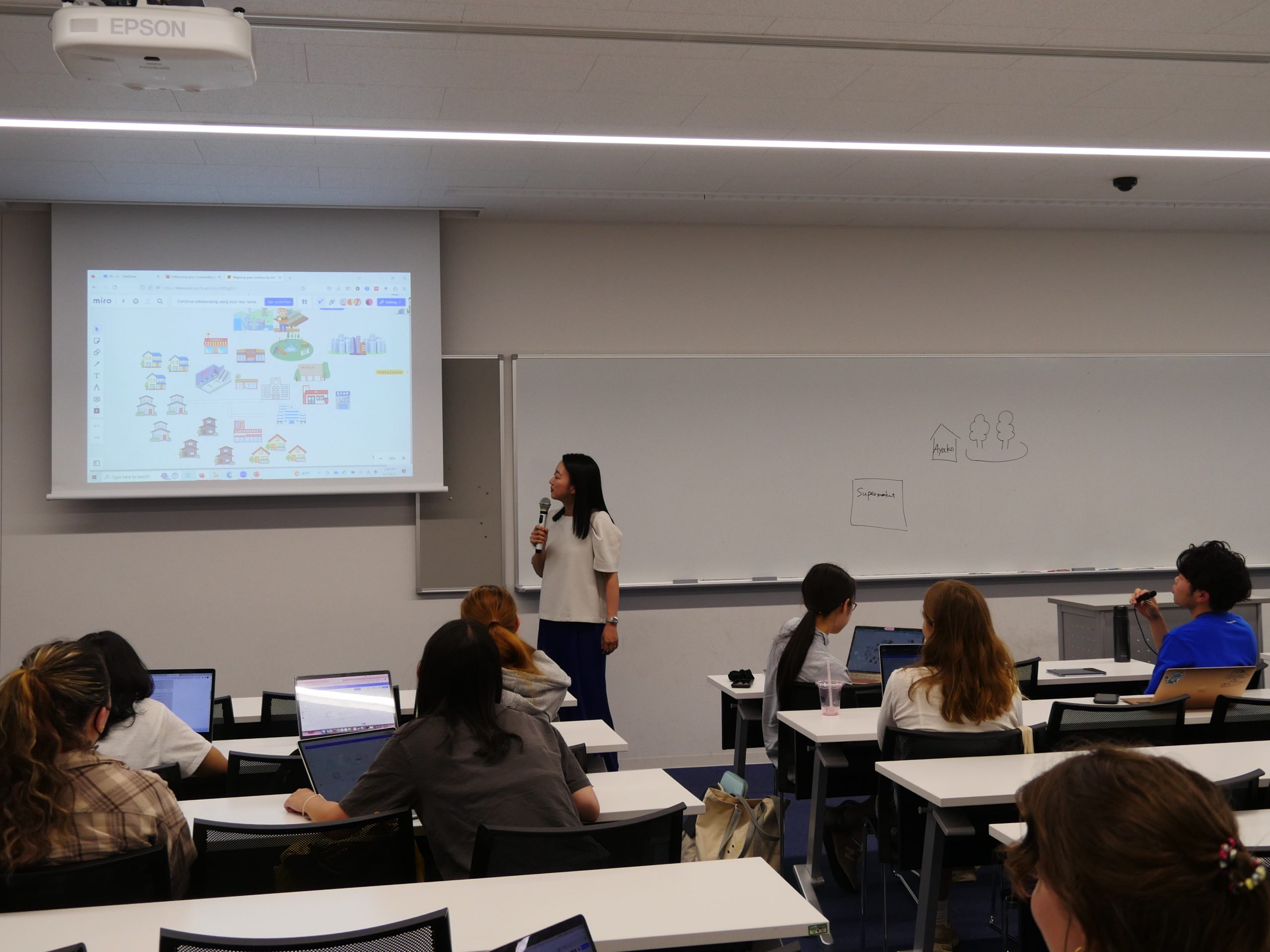Class Introduction:INTERNATIONAL ORGANIZATION:THEORY AND PRACTICE
Comment from Professor:
This course consists of fourteen sessions designed to teach students about the main missions, or three pillars, of the United Nations: peace and security, human rights, and development. Students study each field, spanning four sessions, respectively, accompanied by an introduction and conclusion. Through this course, students receive lectures on fundamental academic theories and policy practices in each field, cultivating critical analytical skills to understand ongoing world affairs. Unlike other International Organization courses that may adopt legal or historical approaches, this course takes a political approach, explaining International Organization as a process. It encourages students to question how state-to-state relations are or become organized. Each field of peace and security, human rights, and development includes at least one session for student-centered activities. For instance, after studying the history and basics of the Universal Declaration of Human Rights (UDHR), students engage in group work called "mapping your community." They freely draw their ideal maps and then, reflecting on the UDHR, engage in discussions about the human rights protected in their community, suggestions for improving the map to enhance human rights protection, and different perspectives of various groups such as children or refugees. The students, who come from diverse backgrounds and possess varied experiences and knowledge, critically analyze the map and explore questions such as, "Are there other ways to protect human rights that cannot be expressed on a map?" Eleanor Roosevelt, the drafter of the UDHR, stated that universal human rights begin with the actions of citizens in small places that cannot be seen on a map. Although International Organization may seem distant, involving diplomatic negotiations and military interventions, this course aims to ensuring that students internalize the knowledge they acquire.

Class Interview
Q1 Outline of the class.
The course aims to familiarise students with the concepts of international organisation such as the United Nations. It also aims to mobilise knowledge and the use of terminology and jargon often used in the declarations and policies of these organisations.
Q2 Why did you decide to take this class?
There are very limited options for SPSF FGS courses available in the first year, so this was the only option from this faculty. Nevertheless, this course does also closely relate to my interests and also my future employment perspectives.
Q3 What did you find attractive about this class?
There was a simple course outline with a clear topic covered in each lecture.
Q4 How do you want to connect what you learned in the class to the next?
Now that I understand and can utilise various terms and concepts, I would like to use them in examples and circumstances that will help me apply theories to reality.
(2nd year, Faculty of Global Studies)
Q1 Outline of the class.
Today’s class was one of the three group activities that we will have within the course. For this activity, we were arranged into 12 groups by the professor before class and were asked to create an ideal community by going over two processes. Initially, we were told to map a community with a free mindset, but in the next stage, the professor asked us to continue mapping our ideal community by also considering the possible UDHR (Universal Declaration of Human Rights) that the group thinks need to be protected within the ideal community. One of the interesting things that I encountered within this activity is that it helped me realize how blinded I was regarding the ability to make a perfect community that contains all the necessary UDHR. We found many falsehoods in our community that needed to be reinforced when we were told to look over our ideal community from the perspective of children’s rights.
Q2 Why did you decide to take this class?
I took this class because I enjoyed taking Professor Kobayashi’s “International Politics” class from last semester. I’m an FLA student, and though there were classes with similar content to this class, I noticed other students saying that most of the introductory-level courses in such fields are all lectured based. But when I tried out her class, the professor was keen on having a group activity at least three times during the semester which made me feel like I not only simply learned new things from that class, but I also learned how to use what I’ve learned in real life contexts.
Q. 3 What did you find attractive about this class?
As previously mentioned, the course that Professor Kobayashi offers seems to heavily value group activities. Because of this, as a student, not only am I be able to recap what we learned so far and see if I truly understand the materials in the class or not, but I can also apply the concepts that we learn in real life contexts. On top of this, I liked hearing what the other students in the class would have to say about the things we learned so far, and the comments we can receive from the professor are reassuring in terms of making sure that I’m on the right track in class.
Q. 4 How do you want to connect what you learned in the class to the next?
At some point in my life I want to work in aspects of the field of humanitarian affairs. Since the professor has worked in such a field as a profession, I try to use this as leverage to ask questions that are related to such topics for me to be able to see the professor’s perspective of the current issues. Sophia University offers a great number of social gatherings or sessions that deal with certain issues and fields which offers a vast opportunity for the students. In my case, generally speaking, most of them are unavailable to attend because my classes are often in the same time periods.
(Manaka Kameyama, 2nd year, Faculty of Liberal Arts)

Q1)
This class introduces various foundational principles and theories upon which international organizations are founded and operate on. The class is structured with an emphasis on the United Nations and explores the course concepts through the three pillars of the UN: peace and security, human rights, and development. Through this class students are encouraged to engage with the larger role of the UN, other international organizations, and related actors and institutions to build a better understanding of global interdependence and the building of a more sustainable future.
Q2)
I am interested in international organizations, especially the UN, because they are such large players in various sectors within the international community. However, I am not very knowledgeable about this topic and it is a very broad area of study. So I am taking this class as an opportunity to gain foundational knowledge about the UN, international organizations, and global relations which will surely be helpful in my future studies. I am also interested in possibly pursuing international relations as my major, so this class is also something that closely aligns with a possible academic path.
Q3)
There are a lot of things to know in relation to international organizations. What is their purpose? What are they actively involved in? How are they structured and how do they operate? The questions are endless and it can be difficult to find and connect all of this information into a comprehensive understanding. But with this class, the base information is provided in a well-organized manner and from there, I can develop my thinking and connect the information to other areas of my study. Furthermore, Professor Kobayashi has a lot of insights and experience with international organizations, international relations, and politics. Her knowledge and experiences further enrich the class and put into perspective the importance and role of international organizations in the past, present, and future.
(Kang Natalie Mio, 2nd year, Faculty of Global Studies)
